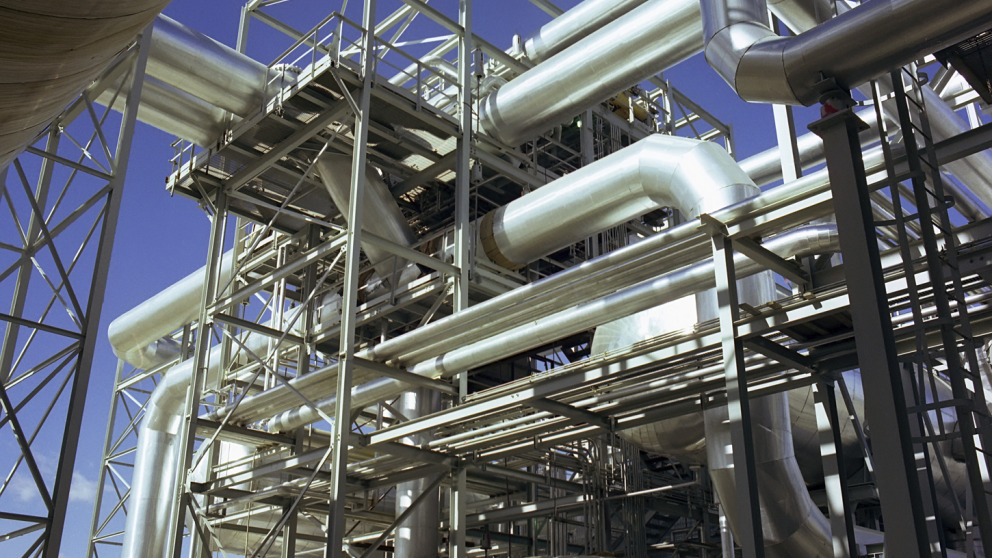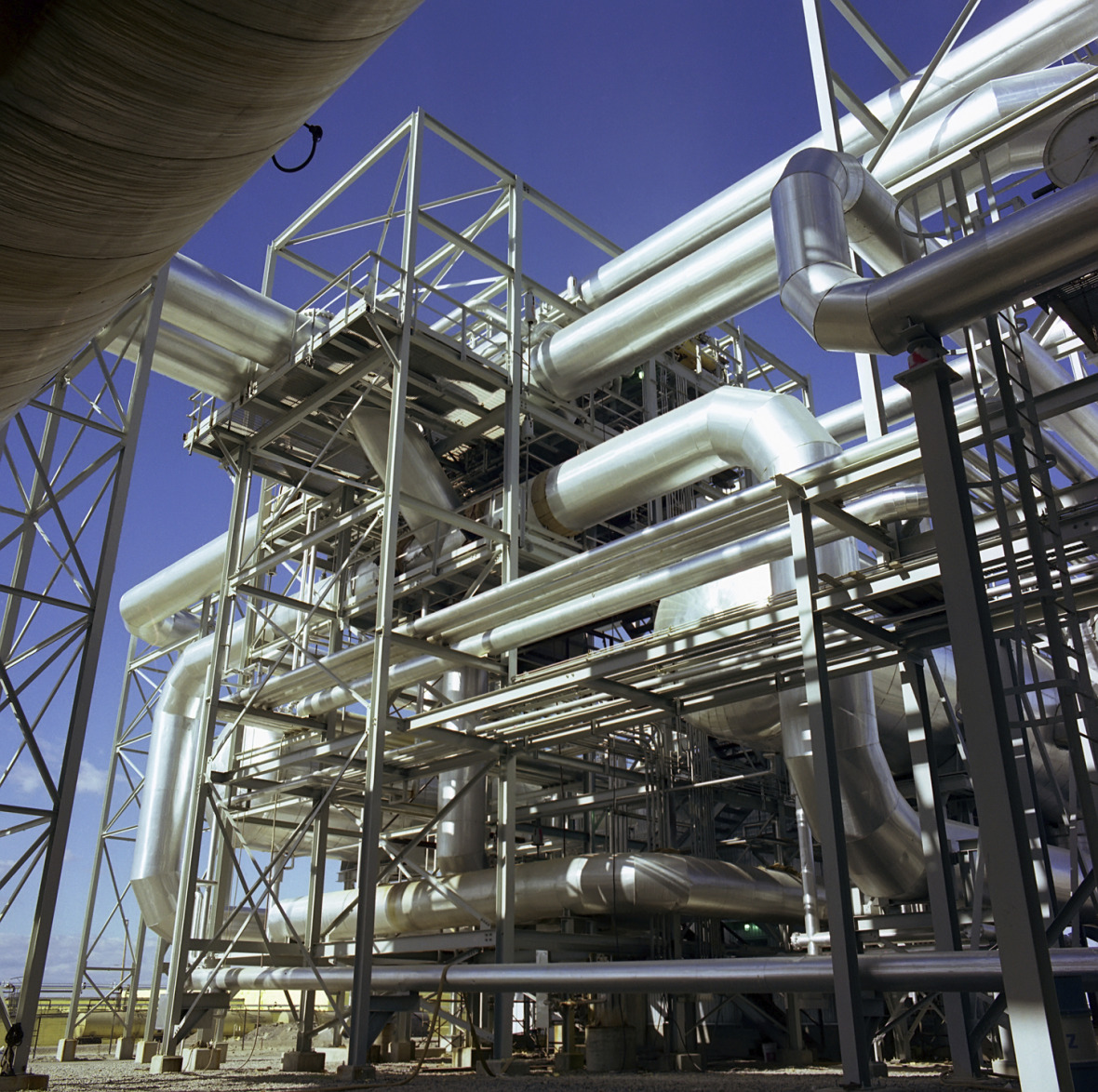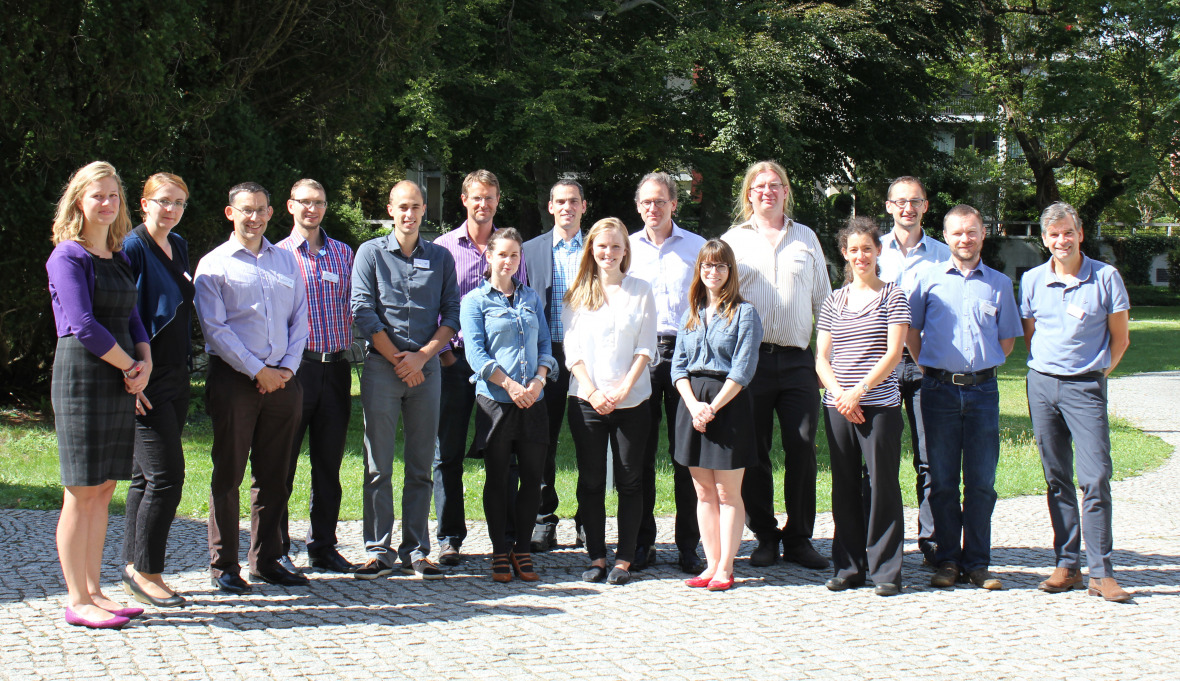Headline:
Reducing Methane Emissions from the Natural Gas Industry: Researchers Discuss Solutions

In recent years, numerous air measurement campaigns in shale gas fields in the United States have shone the spotlight on a hitherto little known environmental issue: the emission of methane and other air pollutants (Volatile Organic Compounds) from the natural gas infrastructure as a result of leaks or venting. The findings of these studies have shown not only that emissions are often higher than previously estimated, but also that they are not specific to shale gas activities. Rather, they are a common occurrence at many stages of the natural gas exploitation chain, from well drilling and production to processing, transportation and distribution. Globally, the precise extent of this phenomenon is still a matter of scientific investigation, but conservative estimates place the amount of worldwide methane emissions from gas (and oil) activities at 100 billion cubic metres per year – that is, 3 per cent of the world’s annual natural gas production.

Natural gas is not always ‘cleaner’ than coal
This issue was the topic of a workshop at the IASS on 1–2 September. It aimed in particular at assessing what the consequences in terms of methane emissions would be if a shale gas industry were to develop in Europe too. More generally, the goal was to lay the foundations for an IASS project dedicated to estimating the upper and lower boundaries for current and future emissions, given what is known about European (conventional and unconventional) reserves, and mapping out regulatory and technological mitigation strategies.
Natural gas is often presented as a ‘cleaner’ fossil fuel, since it only releases roughly half the CO2 emissions that coal does when combusted. But the issue of methane emissions in the natural gas chain calls this assessment into question. Methane is a greenhouse gas that contributes directly to global warming. In contrast to CO2, it has a very short lifetime in the atmosphere (12 years on average), but its Global Warming Potential (GWP) is much higher: up to 28 times more than CO2 in a 100-year timeframe, and 84 times more over a period of 20 years. If methane leaks are too high, then using gas actually harms the climate more than coal.
Furthermore, natural gas activities are also a source of other air pollutants such as Volatile Organic Compounds (VOCs). These chemicals represent a hazard for human health because of their contribution to ground-level smog and pollution (e.g. benzene) as well as to the photochemical formation of secondary pollutants like ozone.
Lack of accurate data on methane emissions makes finding solutions difficult
Mitigating these emissions is therefore crucial from the point of view of both climate change and human health. However, finding appropriate solutions is made difficult by a number of challenges arising from the uncharted nature of the problem.
First of all, the lack of comprehensive, scientifically sound data on the location and extent of emissions has been an obstacle to raising awareness and taking action. The baseline rates that many countries use for emissions reporting – and for establishing regulations – rely on inventory methodologies that are very often statistically flawed and/or obsolete. For instance, the recent measurement campaigns in oil and gas fields in the United States revealed that some segments of the chain had eight or ten times more emissions than previously thought. As pointed out by Briana Mordick from the Natural Resources Defense Council, “numbers are uncertain but likely higher than reported” and some sources of emissions are “virtually unregulated” due to these data gaps. In Europe, the dearth of accurate information is even more pronounced. This will need to be addressed by a combination of field measurements and better informed inventory-type estimates. The IASS is planning to advance the latter by elaborating realistic scenarios for drilling activities in Europe and then deriving likely emission ranges and associated impacts on air quality.
Secondly, mitigation strategies are also hindered by variations in the location, nature and extent of emissions. Gabrielle Pétron, an atmospheric scientist working with the US National Oceanic and Atmospheric Administration and the University of Colorado in Boulder, explained that the magnitude and chemical composition of these emissions can be a function of many different factors including the type of gas produced (dry versus wet gas), the type of operations and components used, emission controls and site maintenance that take place, the operators and contractors' individual practices and work culture, chemical additives that are used (methanol for ex.), and more. In short, there is a complex mix of sources and types of emissions.

Simple, low-cost solutions for methane leaks are feasible
Fortunately, there are also good indicators that we are not powerless in the face of this issue. To begin with, there is a growing consensus that while emissions might take place along the chain, there is a small number of ‘super-emitters’. According to IASS researcher Lorenzo Cremonese, “recent findings show that 20 per cent of the sources account for 80 per cent of the emissions”. This means that a few, targeted measures could have a significant impact. In fact, the participants agreed that many of the emission sources can be tackled through solutions that are easy to implement and not too costly. Sometimes it is just a matter of choosing the right equipment, with no additional costs, or using closed tanks instead of open ones to store flowback fluids. Moreover, oil and gas companies often have a vested interest in reducing unintended leaks, which means that bottom-up, voluntary efforts can yield results complementary to binding regulations.
In the last two to three years, the United States has been gradually implementing this mixed approach. And recently, President Obama announced the goal of reducing methane emissions from oil and gas activities by 40–45 per cent by 2025 compared to 2012. In Europe, where there is an opportunity to establish a regulatory framework before a shale gas industry ever takes off, public awareness of this issue is still lacking. As pointed out at the workshop, most of the debates on shale gas and hydraulic fracturing are centred around other environmental concerns, like water contamination risks. And conventional gas activities and their methane emissions are largely absent from the discussions.
Participants agreed that it is critical to change perceptions around the climate significance of methane emissions, especially as taking action to drastically reduce them is practically feasible, and would have a large, beneficial near-term climate impact. Indeed, they deplored the lack of an effective narrative around this long-neglected issue, claiming that it is critical to changing perceptions of the climate significance of methane emissions. In fact, the 20-year climate impact of the natural gas emitted by the industry is equivalent to about 40 per cent of total CO2 emissions from global coal combustion. During the workshop, Roland Kupers, an advisor to the Environmental Defense Fund, remarked that it is only when we know about an issue that we can do something about it, and that “the good news is that this problem is manageable: the solutions are known, and most of them are cost-effective.” From this perspective, the whole story of methane emissions could be that of an unexpected opportunity.
